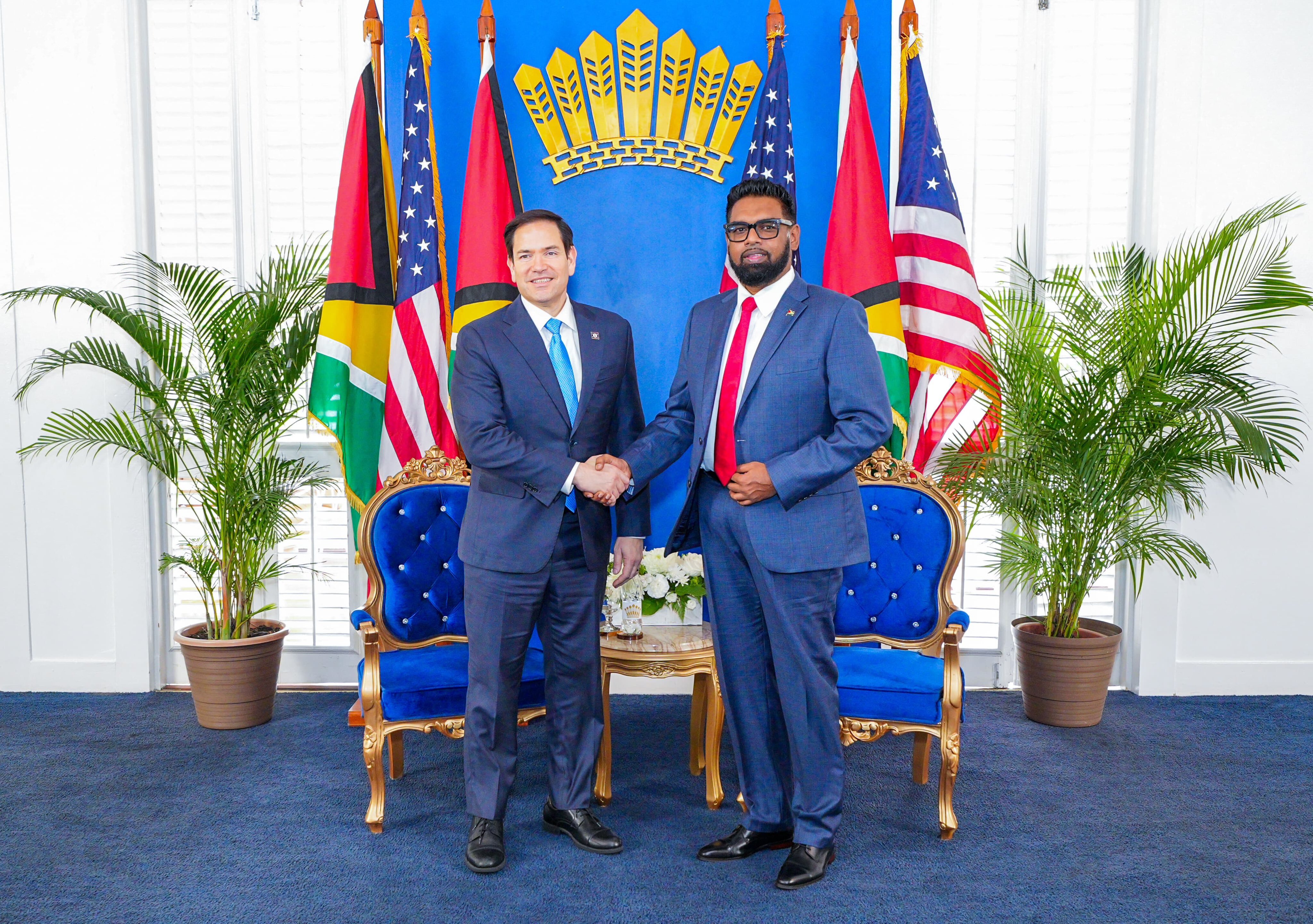Setting a Hemispheric Energy Agenda
Setting a Hemispheric Energy Agenda
"Energy should be one area that brings hemispheric leaders together," writes COA Vice President Eric Farnsworth in Poder. "Nonetheless, two significant obstacles exist in making the Western Hemisphere a model region for energy cooperation: politics and investment climate issues."
Leaders from across the Americas will converge on Washington April 15 to 16 to promote the efficient production and consumption of clean energy. As a follow-on to the Summit of the Americas one year ago in Trinidad and Tobago, the Energy and Climate Ministerial of the Americas seeks to create an agenda based on energy efficiency, increased use of renewables, cleaner fossil fuels, infrastructure development, and universal access to energy resources. These are good and worthy goals. The question will be whether governments are prepared to move beyond aspirations and to build an agenda for cooperation and implementation, both with each other and also with the private sector. If they do, the hemisphere could play a leading role in global clean energy markets. If they don’t, the region will fall behind.
Energy should be one area that brings hemispheric leaders together. The resources are plentiful, from oil and natural gas, to renewables such as hydro, to alternatives such as ethanol and biomass. Many in both the public and private sectors see the region, rightly, as fertile ground for energy development. Nonetheless, two significant obstacles exist in making the Western Hemisphere a model region for energy cooperation: politics, and investment climate issues.
True, despite opposing worldviews, Venezuela and the United States continue to engage every day in energy trade, proving that even under extremely difficult political conditions, raw commercial interest can prevail.
Elsewhere, politics creates bizarre energy realities. For example, Bolivia should be a major exporter of natural gas to the region, but has proven unreliable and subject to political manipulation to the point where Brazil and Chile are both making alternative plans for their imports. Gasoline subsidies in a number of countries have, predictably, caused overconsumption and increased pollution. Tariffs on clean energy, including sugar-based ethanol, have skewed the alternatives market toward less efficient, more costly ethanol production. Petrocaribe provides cut-rate energy to less developed nations in the short term, while creating long-term debt obligations and a dependency relationship with Caracas in the longer term. Plans are drawn up for political purposes to build pipelines from Venezuela through the Brazilian Amazon, a breathtakingly risky environmental and costly engineering move, rather than concentrating on more efficient and effective means of energy distribution. And so on.
At the same time, the regional energy investment climate is uncertain, leading to under-investment at a time when the region should be sucking up as much global liquidity as possible coming out of global recession. A lack of investment in Mexico due to constitutional restrictions is choking off production even as Mexico desperately needs additional resources to fight spiraling crime. Brazil’s energy sector, so promising with the Tupi and Jupiter finds in the deepwater, is now undergoing regulatory changes that could potentially reduce investor enthusiasm. Energy shortages have been caused in Argentina by regulatory restrictions that have virtually eliminated sectoral investment. Bolivia’s takeover of its natural gas production dramatically increased the risk premium in the sector and has caused investor interest to wane. Ecuador’s frontal assault on energy investors, past and present, has turned that country into a pariah in the broader investor community.
Within these overriding realities, what should ministers hope to accomplish as they gather in Washington? In the first instance, they should bring a sense of urgency. Waiting so long to advance one of the signature priorities from the Trinidad Summit is just not good enough, particularly as the rest of the world is moving quickly ahead.
Second, ministers must begin to look at energy as a true partnership, rather than yet another dreary episode of “what will the United States do for me today?" A laser-like focus on investment climate reforms is perhaps unrealistic for the Bolivias and Ecuadors of the world, but nonetheless leaders should be sensitized to the fact that they cannot meet their energy needs without the private sector, and the private sector will continue to under-invest in the region absent attention to tax, regulatory, and rule of law reforms. The United States can and should offer technical assistance, capacity building, and financing as appropriate, but, as Asia pioneered during the post-War period, export-led growth requires investment, and investment requires a reduction of risk and an adequate potential return.
Third, clean energy and climate change mitigation are areas where the Western Hemisphere can become globally competitive. Parts of Asia, Europe, and North America have a head start. But there is no reason why an intensive prioritization of these issues through energy, trade, tax, and investment policies cannot jump start the regional energy agenda among those nations ready and willing to work together to take the plunge.
The Washington ministerial would be an excellent place to start








